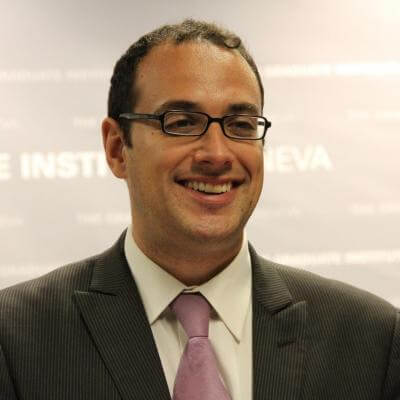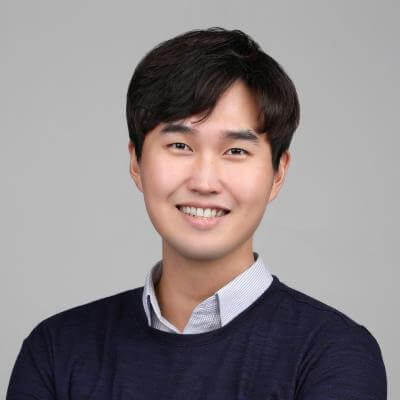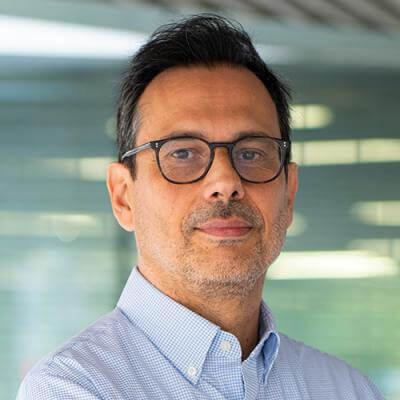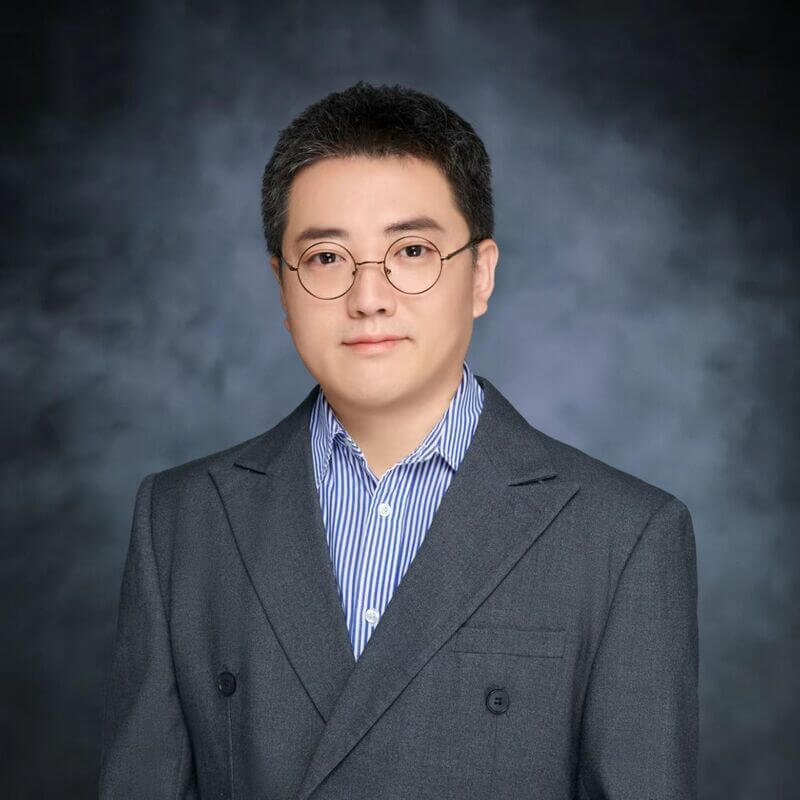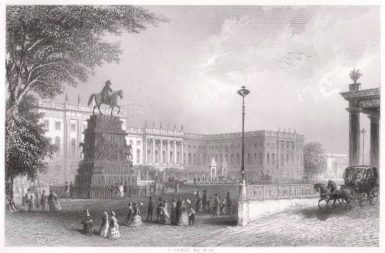The Conundrum of Race and Affirmative Action in Higher Education
On 29 June 2023, the US Supreme Court struck down affirmative action on the assumption that “racialism simply cannot be undone by different or more racialism”. This is yet another step in the dismantling of antiracist policies in the name of colour blindness. Back in 1978, in the famous US Supreme Court case Regents of the University of California v. Bakke, Justice Lewis Powell, casting the deciding vote, ruled that affirmative action should be maintained in the name of the “compelling interest” of universities, in order to counter conservative views. Although his decision allowed affirmative action to continue, it also changed the meaning of race, no longer seen as a factor of discrimination, but rather through the prism of its contribution to the diversity of universities for the benefit of the student body. This represented a setback from the logic of compensation that underpinned affirmative action’s implementation in the 1960s, in the wake of the Civil Rights movements.
Are indirect affirmative action policies that bypass the language of race better able to avoid the risk of reifying race than policies that explicitly use the language of race? Without necessarily going so far as to raise the threat of racialism (i.e., the idea of endorsing a classification system based on a biological notion of race), opponents of affirmative action in most countries have pointed to a risk of reifying race, that is, of considering race as a natural or given fact instead of a social construction. In this respect, France and Brazil are two interesting cases to study as they have each implemented different strategies to circumvent this risk and respond to criticisms. In Brazil, opponents saw affirmative action as a threat to the founding myth of Brazilian racial democracy, which is based on both the rejection of race and the valorisation of “racial mixture”. Federal law 12/711 of 2012, which declares racial quotas as constitutional, was presented as a compromise. It allows racial quotas to be implemented only when subordinated to the class dimension, as all beneficiaries must come from the public school system. On the other side of the Atlantic, France is also renowned for its aversion to the idea of racial classification, and there is no law governing affirmative action on a national scale. However, in 2001 the prestigious higher education institution Sciences Po Paris implemented a form of indirect affirmative action policy through a programme called Conventions Éducation Prioritaire (CEP). Its beneficiaries, whose applications are assessed separately from those of other applicants, are selected not on the basis of individual or group characteristics, but on the basis of territorial anchorage. This criterion serves as an indicator of inequalities in education and is aimed primarily at people of immigrant descent, but also at young people from rural and overseas territories.

Regarding the risk of reifying race, the question is: Are indirect affirmative action policies that bypass the language of race, such as those implemented by Sciences Po Paris, better able to avoid this risk than policies that explicitly use the language of race, as in the case of Brazil? To answer the question, I will assess the policies through the prism of both the criteria used to define beneficiaries and the rationales that underpin their implementation.
If we consider the territorial criterion used to define the beneficiaries of the CEP, an ethnography I carried out in the training workshops (ateliers Sciences Po) at high schools in the peripheral region of Paris shows that it reinforces the logic of colour blindness and the idea that it is the territory, and not the individual, that is the object of “preferential treatment”. As for the logic that underpins the CEP programme, its implementation takes place in a context where the problem of social exclusion from France’s grandes écoles is approached through the prism of diversity management, emphasising the search for “talent”, “potential” and “personality”.
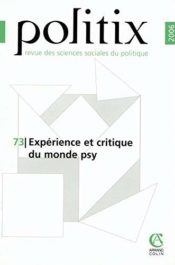
In addition to an objective of “diversification of the elite”, Sciences Po Paris also mobilises a discourse on the pedagogical function of diversity that converges with the American logic of diversity endorsed by the Bakke decision (Sabbagh 2006). In order to comply with the diversity expectations of the Sciences Po jury, potential beneficiaries are encouraged to strategically mobilise different dimensions of their sociocultural environment or skills that are racially coded, such as mastery of a mother tongue. This incentive is sometimes experienced as a form of social or ethno-racial assignment and can be perceived as antagonistic to the idea of personality, understood as a synonym for the recognition of one’s individuality. Candidates thus experience the tensions intrinsic to mobilising the repertoire of diversity in a context where race remains taboo and diversity is associated with an individualisation of difference.
In the Brazilian case, the social and racial criterion means that students are required to self-classify for the different quotas and are therefore led to reflect upon their individual characteristics to decide whether they are “legitimate” quota beneficiaries. What’s more, the establishment of commissions that verify applicants’ racial self-identification to fight against racial frauds raises the question of the delimitation of the black (preto) and brown (pardo) categories used for quotas, which indeed presents a risk of reifying race, as argued in an article I co-authored with Graziella Moraes Silva and Veronica Toste Daflon. However, race-based affirmative action in Brazil is underpinned by goals of remediation and social justice. In the early 21st century, the implementation of racial quotas – established in 2001 and legalised by the Supreme Court in 2012 – was accompanied by an explosion of debates about race and inequality within Brazilian society. As I show in an analysis of essays written by potential beneficiaries of affirmative action in 2003 and in 2022, quotas are no longer seen as a privilege but as a form of state reparation and a fundamental right of black people in Brazil. Furthermore, the shift from large-scale rejection to mass acceptance of racial quotas reflected in students’ essays goes hand in hand with the mobilisation of new frameworks to discuss race and inequalities. Students nowadays don’t use expressions such as “the black race” or “the race of origin”, which convey the idea that “races” exist as real social groups. On the contrary, they emphasise the interrelation between various factors of discrimination and refer to race as an aggravating factor of inequalities, rather than as an empirical reality.
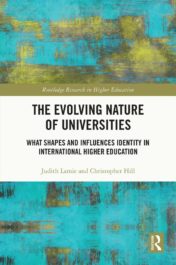
To return to our original question, the diversity rationale, used to justify affirmative action in the US since 1978 and used jointly with other arguments to justify the French CEP programme, risks to some extent reifying race. It conveys the idea that individuals are the bearers of social, cultural or ethno-racial differences, even if it is based precisely on an euphemisation of the racial dimension. Moreover, diversity is associated with the notion of merit and detached from the idea of collective rights, impeding a broader reflection on discriminations as an obstacle to social justice, possibly the best justification for affirmative action.
The success of affirmative action policies in Brazil, and their growing support among the young generation, shows that taking race into account as an important factor of social mobility and inequality is the best way to avoid its reification and to treat it for what it is. Race is not a set of embodied characteristics, which individuals might mobilise to serve productivity goals or enrich the perspectives of their peers. It is a social relationship around which domination is structured, and which we must take into account in order to remove its discriminatory potential.
TABLE: Roles and Missions of the University
| Regime | Role and missions |
|---|---|
| Medieval University | Serving God and Church; Serving Science |
| Westphalian University | Serving Science; Serving State and Nation |
| Postmodern University | Serving Society and Humanity; Serving the Market |
Source: Marie-Laure Salles-Djelic, “Scholars in the Audit Society: Understanding our Contemporary Iron Cage”, in Scholars in Action: Past – Present – Future, ed. Lars Engwall (Uppsala Universitet, 2012), p. 99.
DEFINITIONS: Selection of Terms Related to Higher Education
A university (from Latin universitas “a whole”) is an institution of higher (or tertiary) education and research which awards academic degrees in several academic disciplines. Universities typically offer both undergraduate and postgraduate programmes. The word university is derived from the Latin phrase universitas magistrorum et scholarium, which roughly means “community of teachers and scholars”. (Wikipedia)
Higher education, also called post-secondary education, third-level or tertiary education, is an optional final stage of formal learning that occurs after completion of secondary education. This consists of universities, colleges and polytechnics that offer formal degrees beyond high school or secondary school education. The right of access to higher education is mentioned in a number of international human rights instruments. The UN International Covenant on Economic, Social and Cultural Rights of 1966 declares, in Article 13, that “higher education shall be made equally accessible to all, on the basis of capacity, by every appropriate means, and in particular by the progressive introduction of free education”. (Wikipedia)
A college (Latin collegium) is an educational institution or a constituent part of one. In most of the world, a college may be a high school or secondary school, a college of further education, a training institution that awards trade qualifications, a higher-education provider that does not have university status (often without its own degree-awarding powers), or a constituent part of a university. The word is generally also used as a synonym for a university in the US. (Wikipedia)
Apprenticeship is a system for training a new generation of practitioners of a trade or profession with on-the-job training and often some accompanying study (classroom work and reading). Apprenticeships can also enable practitioners to gain a license to practice in a regulated occupation. Most of their training is done while working for an employer who helps the apprentices learn their trade or profession, in exchange for their continued labor for an agreed period after they have achieved measurable competencies. (Wikipedia)
An information society is a society where the usage, creation, distribution, manipulation and integration of information is a significant activity. Its main drivers are information and communication technologies, which have resulted in rapid growth of a variety of forms of information. Proponents of this theory posit that these technologies are impacting most important forms of social organisation, including education, economy, health, government, warfare, and levels of democracy. (Wikipedia)
A knowledge society generates, shares and makes available to all members of the society knowledge that may be used to improve the human condition. A knowledge society differs from an information society in that the former serves to transform information into resources that allow society to take effective action, while the latter only creates and disseminates the raw data. The capacity to gather and analyse information has existed throughout human history. However, the idea of the present-day knowledge society is based on the vast increase in data creation and information dissemination that results from the innovation of information technologies. (Wikipedia)
Wikipedia
TABLE: The Top 12 Host Countries of International Students in 2022 (by number of students)
| USA | 948'519 |
| UK | 633'910 |
| Canada | 552'580 |
| France | 364'756 |
| Australia | 363'859 |
| Russia | 351'127 |
| Germany | 324'729 |
| China | 296'611 |
| Japan | 201'877 |
| Italy | 125'470 |
| Netherlands | 115'068 |
| Argentina | 108'180 |
Source: Project Atlas.
GRAPH: The Twelve Countries with the Most Universities in 2023
BOX: The Humboldtian Model of Higher Education
The Humboldtian model of higher education or Humboldt’s Ideal is a concept of academic education that emerged in the early 19th century and whose core idea is a holistic combination of research and studies. It integrates the arts and sciences with research to achieve both comprehensive general learning and cultural knowledge. Several elements of the Humboldtian model heavily influenced and subsequently became part of the concept of the research university. The Humboldtian model goes back to Wilhelm von Humboldt, a Prussian philosopher, government functionary and diplomat who, in the time of the Prussian reforms, relied on a growing, educated middle class to promote his claims about general education.
As a privy councillor in the Interior Ministry, he reformed the Prussian education system according to humanist principles. He founded the University of Berlin, appointing distinguished scholars to both teach and conduct research there. Several scholars have labeled him the most influential education official in German history. Humboldt sought to create an educational system based on unbiased knowledge and analysis, combining research and teaching while allowing students to choose their own course of study. The University of Berlin was later named the Humboldt University of Berlin, after him and his brother, the naturalist Alexander von Humboldt. His educational model went beyond vocational training in Germany.
In a letter to the Prussian king, he wrote: “There are undeniably certain kinds of knowledge that must be of a general nature and, more importantly, a certain cultivation of the mind and character that nobody can afford to be without. People obviously cannot be good craftworkers, merchants, soldiers or businessmen unless, regardless of their occupation, they are good, upstanding and – according to their condition – well-informed human beings and citizens. If this basis is laid through schooling, vocational skills are easily acquired later on, and a person is always free to move from one occupation to another, as so often happens in life.”
The philosopher and former State Minister for Culture of the Federal Republic of Germany, Julian Nida-Rümelin, has criticised discrepancies between Humboldt’s ideals and the contemporary European education policy, which narrowly understands education as preparation for the labor market, arguing instead that one needs to decide between McKinsey’s and Humboldt’s ideals.
Wikipedia
VIDEO: What Are Assets, and Why Do They Matter?
Additional information: https://www.lancaster.ac.uk/universities-and-unicorns/.
Source: Science Animated, https://sciani.com.
VIDEO: What Are the Key Tensions in Educational Technology?
Additional information: https://www.lancaster.ac.uk/universities-and-unicorns/.
Source: Science Animated, https://sciani.com/.
VIDEO: The UNESCO Chair in Comparative Education Policy, with Chanwoong Baek
Research Office, Geneva Graduate Institute.
VIDEO: University in Question, with Marie-Laure Salles
Research Office, Geneva Graduate Institute
